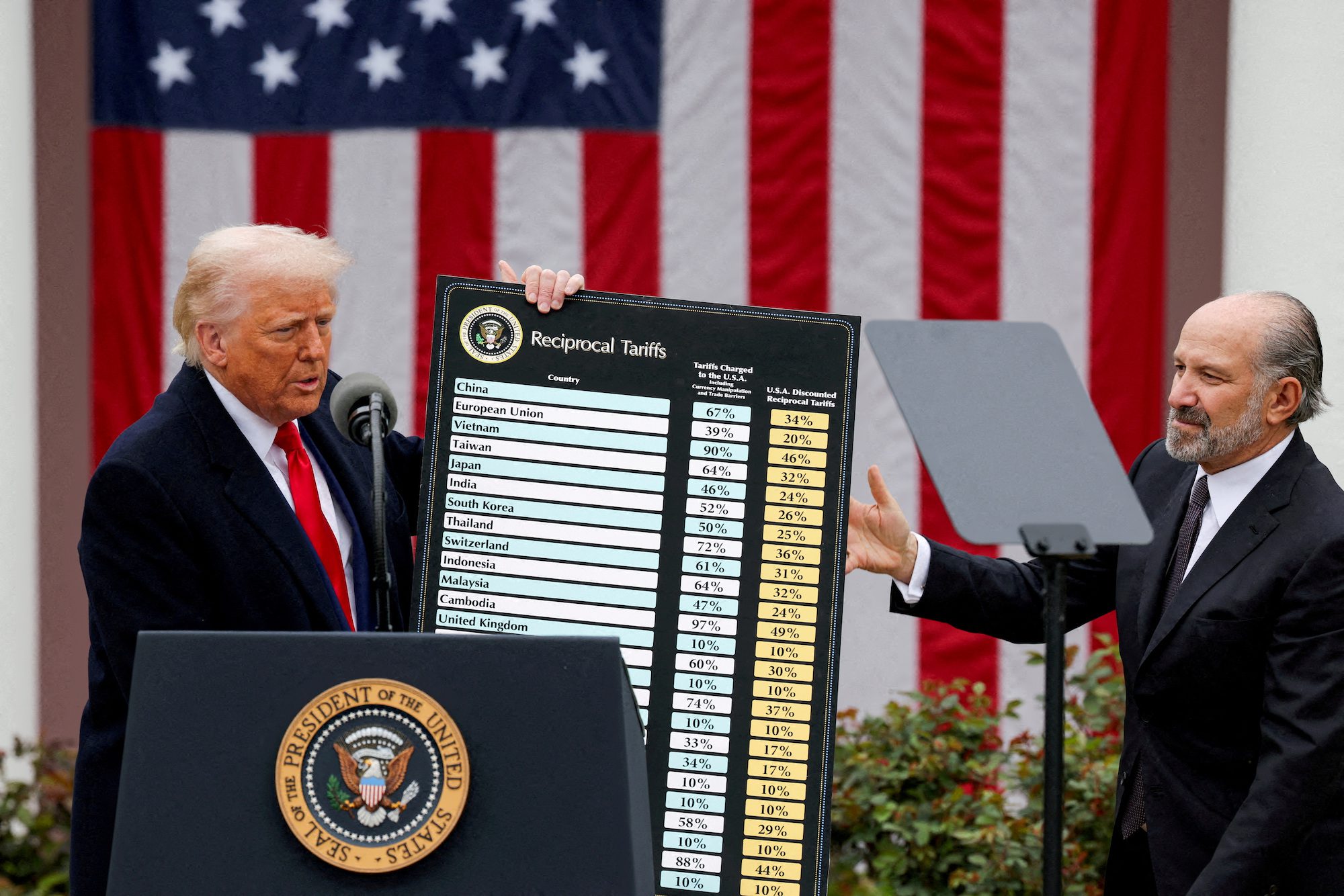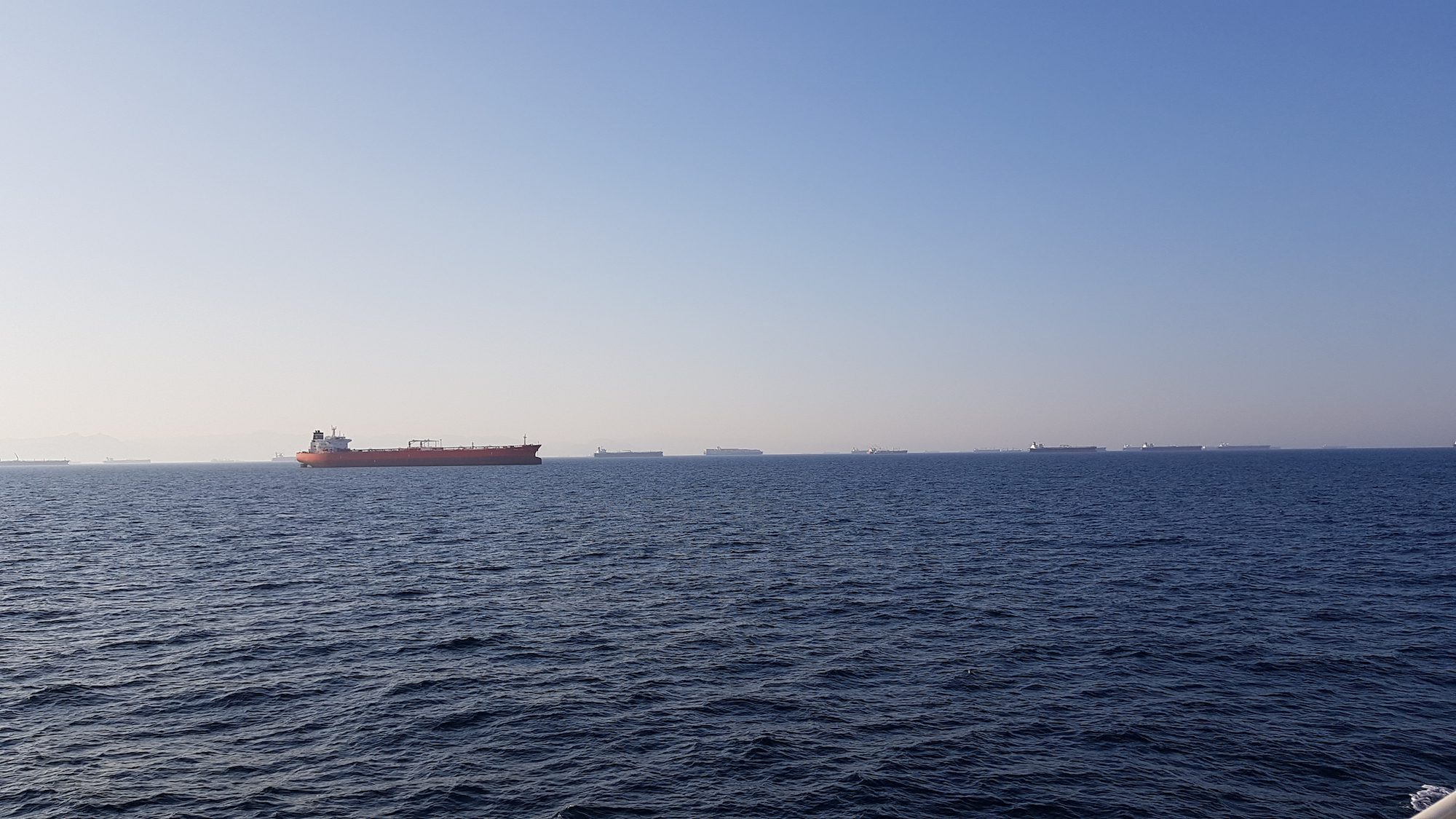SINGAPORE/LONDON, June 24 (Reuters) – Shipping costs for liquefied natural gas cargoes have rallied to their highest in about eight months with vessel availability tightened by a shift in more ships heading to Asia at the same time as conflict has escalated in the Middle East.
The Atlantic freight rate for vessels with two-stroke engines capable of carrying 174,000 cubic meters of LNG, the most common type in the market, was assessed at $51,750 per day on Monday, its highest level since October 3, according to pricing agency Spark Commodities.
The Pacific freight rate for the same class of ship also surged, with Spark assessing it at $36,750/day on Monday, the highest level since October 25.
“This rise in global LNG freight rates has been largely due to tight vessel availability, which in turn has been caused by a shift in pricing signals for U.S. cargoes,” said Spark Commodities analyst Qasim Afghan.
“This has been further exacerbated by market sentiment around the developing situation in the Middle East,” he said.
A recent tender by Egypt to buy up to 160 LNG cargoes through 2026 also drove up demand for vessels.
In February, LNG shipping rates fell to five-year lows as the global fleet expanded and higher delivered prices in Europe incentivised U.S. cargoes to remain in the Atlantic versus traveling to Asia. The shorter average journey times increased tanker availability.
In the past two weeks however, it has become equally profitable to deliver LNG to both Europe and Asia, so spot cargoes are now incentivised to travel to Asia via the Cape of Good Hope, increasing average voyage times and reducing vessels available for charter, Afghan said.
MIDEAST TENSIONS
The Israel-Iran conflict, in which both countries have been firing missiles at each other, has raised fears Tehran may close the Strait of Hormuz in further retaliation.
As a result, shipowners are holding off chartering vessels, which is reducing tanker availability and pushing up prices, said a trade source, who declined to be identified as he was not authorized to speak to the media.
Insurance costs for LNG tankers going through the Strait of Hormuz have also increased, said three trade sources, with one adding that the war risk premium has surged by up to five times since the start of the Israel-Iran conflict.
Around 20% of global oil and gas demand flows through the Strait of Hormuz, situated between Iran and Oman.
Qatar, one of the world’s top LNG exporters, sends almost all of its supplies via the strait.
(Reporting by Emily Chow in Singapore and Marwa Rashad in London; Editing by Sonali Paul)
(c) Copyright Thomson Reuters 2025.

 Join The Club
Join The Club












